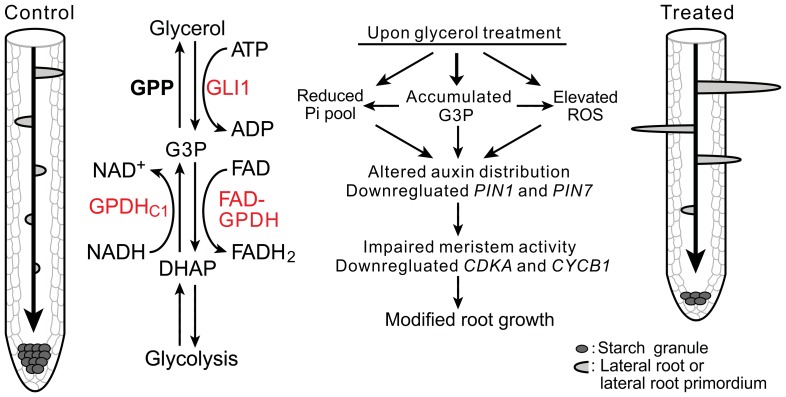Figure 11. A model illustrating glycerol-triggered modulation of root development.
The diagram shows the different root patterns in the absence (left) or the presence (right) of glycerol. The middle section shows a condensed schematic of plant glycerol metabolism and three important genes in this study (red). Glycerol is phosphorylated to G3P by GLI1 and can also be generated by GPDHc1 via the reduction of DHAP. G3P is oxidized to DHAP by FAD-GPDH or dephosphorylate to glycerol by GPP. Exogenous glycerol treatment can cause modifications of multiple pathways, including increased G3P and reactive oxygen species (ROS) levels, reduced the phosphate level and expression of PIN1 and PIN7. It also affected polar auxin transport and the root meristem activity, thus resulting in modified root growth and development. Abbreviations: GLI1, glycerol kinase; GPDHc1, cytosolic glycerol-3-phosphate dehydrogenase; FAD-GPDH, flavin adenine dinucleotide-dependent glycerol-3-phosphate dehydrogenase; GPP, glycerol-3-phosphatase; G3P, glycerol-3-phosphate; DHAP, dihydroxyacetone phosphate; ATP, adenosine triphosphate; FAD, flavin adenine dinucleotide; NADH, the reduced form of nicotinamide adenine dinucleotide. For the sake of clarity, some co-substrates and/or co-products have been omitted in some reactions.

